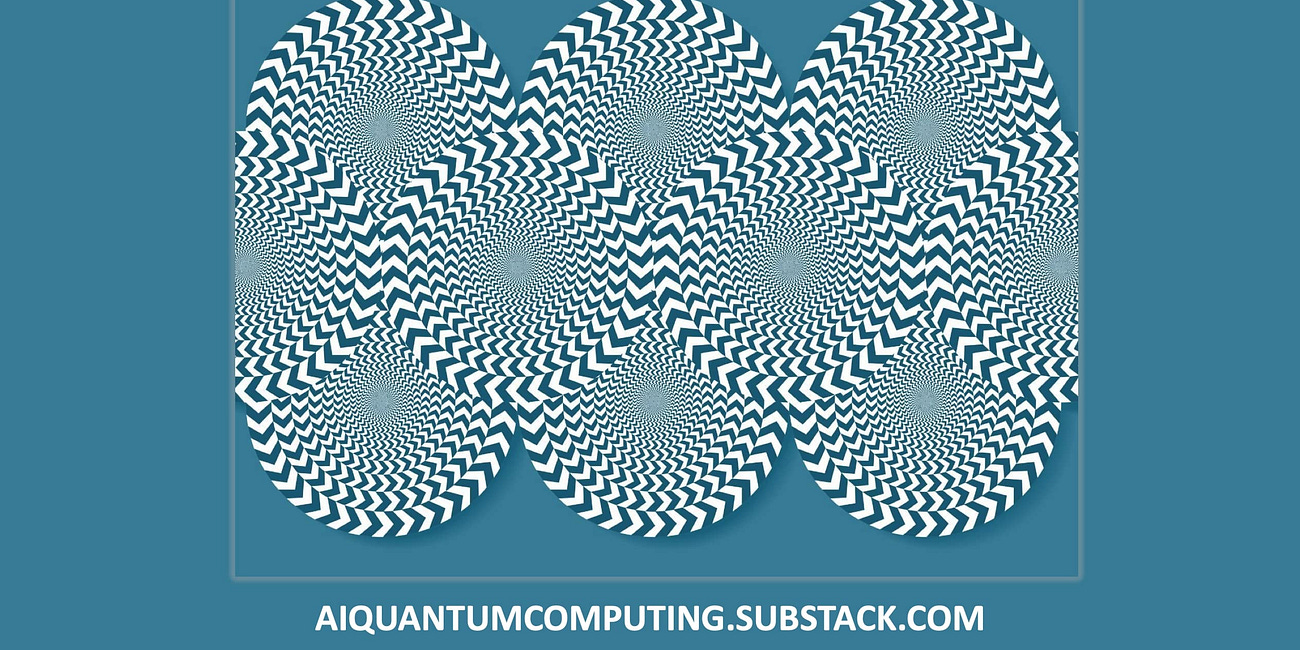The Race for AI Supremacy: Who Owns the Most Powerful Supercomputers in 2025?
This ranking is not just a list of technical specifications; it is a reflection of geopolitical ambitions, industrial strategies, and the relentless pursuit of the next great technological revolution.
It is 2025, and the new space race is not destined for the stars, but for the infinite frontiers of artificial intelligence. The fuel for this modern odyssey is not kerosene, but raw computing power. At the heart of this global competition are machines of incredible complexity and power: supercomputers. A recent infographic published by the media outlet Visual Capitalist has lifted the veil on the global hierarchy of these digital titans, revealing a rapidly evolving technological landscape largely dominated by a handful of players.
This ranking is not just a list of technical specifications; it is a reflection of geopolitical ambitions, industrial strategies, and the relentless pursuit of the next great technological revolution.
Quantum Computing: The Great Scientific Illusion.
Quantum computing. The name alone evokes images of limitless processing power, of unsolvable problems finally conquered, and of a technological revolution that will redefine science, medicine, and finance. At the heart of this promise lies a threat—or an opportunity, depending on your point of view:
The Age of Titans: xAI and the Redefinition of Power
At the summit of this digital Olympus, one name stands out with a spectacular lead: xAI, the company founded by Elon Musk in 2023. Its supercomputer, named Colossus Phase 2, single-handedly redefines the concept of supercomputing. To quantify this power, the industry has adopted a new unit of measurement: the “H100 equivalent,” which relates a machine’s capacity to that of Nvidia’s H100 chip, the true gold standard of AI computing. Colossus Phase 2 boasts a staggering score of 200,000 in H100 equivalent. It isn't easy to imagine such a concentration of power. It is as if 200,000 of the world’s most advanced processors were working in concert in a single facility, a cathedral of silicon and printed circuits dedicated to the emergence of artificial intelligence.
This machine is not a mere demonstration of force. Built in a record 122 days and commissioned in September 2024, it has a specific objective: to serve as the cradle of Grok-3, the next iteration of xAI's generative AI. While its predecessor, Grok, has already sparked controversy with its tone and integration into the social network X, the ambition for Grok-3, powered by Colossus, is to reach a new level in understanding and generating natural language.
xAI’s dominance is such that the first phase of its own supercomputer, Colossus Phase 1, occupies the second place in the ranking with 100,000 in H100 equivalent. This score is shared by two other American giants: the Goodyear project, a collaboration between OpenAI and Microsoft, and the soberly named “100k” supercomputer from Meta (Facebook). These three machines, each equivalent to 100,000 H100 chips, form a triumvirate of power that leaves the competition far behind. The top 5 is completed by Oracle AI’s OCI Supercluster H200s, another American entity, with a respectable power of 65,536. The message is clear: to play in the big leagues of AI, a colossal investment in hardware infrastructure is no longer an option, but an absolute necessity.
American Hegemony: A National Strategy
Looking through the list of the twenty most powerful supercomputers, a fundamental trend emerges with overwhelming clarity: the supremacy of the United States. Of the twenty machines ranked, fourteen are located on American soil. This concentration is not accidental but the result of a powerful synergy between an ultra-innovative private sector and strategic government support.
Beyond the top 5, we find familiar names from the American tech scene. Tesla, Elon Musk’s other major company, is in sixth place with its Cortex Phase 1 (50,000 H100), a machine essential for the development of its autonomous driving systems. Companies like CoreWeave and Amazon, with their AWS EC2 P5 UltraClusters, also hold prime positions, demonstrating that access to high-performance computing has become a luxury product that cloud giants are vying for.
Notably, this race is not exclusively private. The United States Department of Energy, a government actor, owns the seventh most powerful supercomputer, El Capitan Phase 2, with a capacity of 44,143 H100 equivalents. This state involvement underscores the strategic and national security dimension that artificial intelligence now embodies. For the United States, mastering high-performance computing means securing an advantage in fields as diverse as fundamental research, defense, cybersecurity, and economic competitiveness.
The Global Response: Europe and China Lie in Wait
Faced with this American hegemony, other world powers are not standing idly by. China is asserting itself as the second most important player, with four supercomputers in the top 20. However, an aura of mystery surrounds these machines. Ranked 10th, 15th, 16th, and 19th, they have no public names, and their exact specifications are kept secret. This discretion is typical of the Chinese approach, which advances its pieces on the technological chessboard with a planned and centralized strategy, often out of the public eye. These supercomputers, with power ranging between 20,000 and 30,000 H100 equivalents, are undoubtedly serving Beijing’s ambitions in AI, whether for its tech giants like Baidu or Alibaba, or for its state research programs.
Europe, for its part, is trying to organize its own response to avoid being left behind. Germany is home to the thirteenth most powerful supercomputer, Jupiter, which is also the European Union’s first exascale system. The term “exascale” refers to a machine capable of performing at least one billion billion (an exaflop) of calculations per second. With its 23,536 H100 equivalents, Jupiter is a cornerstone of the European strategy for digital sovereignty. Norway, although not an EU member, also contributes to the European ecosystem with NexGen Cloud’s Hyperstack AQ Compute Supercomputer, which closes out the top 20 with 16,384 H100 equivalents.
France’s Ambition: Sovereignty Through Computing
In this context of heightened competition, France has clearly understood the stakes. Aware that technological dependence is a strategic vulnerability, the Ministry of Armed Forces launched an ambitious project in 2024 in partnership with the companies Orange and Hewlett-Packard. The goal is to build what could become the most powerful supercomputer in Europe.
The purpose of this project, scheduled for completion by the end of 2025, is explicitly military and strategic. It aims to guarantee France complete autonomy in accessing cutting-edge technologies. These technologies are crucial for modeling complex weapon systems, processing intelligence data, cybersecurity, and developing AI for command and control. By equipping itself with such a capability, France seeks to free itself from the need to rely on foreign powers for its most critical needs, thereby ensuring its sovereignty in a technological field that will shape the power balances of tomorrow.
Final Thoughts: A Race with No Finish Line
The 2025 ranking is just a snapshot in a frantic race that has only just begun. Today’s supercomputers, like Japan’s Fugaku or the American Summit that dominated the landscape just a few years ago, are already overshadowed. The speed at which computing power is increasing is dizzying, and each new leap forward opens up previously unimaginable possibilities.
This race for power is not an end in itself. It is the engine that will help solve some of humanity’s greatest challenges: developing new medicines, modeling climate change with unprecedented accuracy, discovering new materials, or even unraveling the mysteries of the universe. But it also raises fundamental questions about the concentration of power, the energy consumption of these computing behemoths, and the ethical implications of ever-more-powerful AI. One thing is certain: the nations and companies that build and control these new temples of technology will not just dominate the digital world; they will hold the keys to the future in their hands.
The AI Oracle Has Spoken: Andrew Ng's 5 Predictions That Will Mint the Next Generation of Millionaires.
When Andrew Ng makes a prediction, the world of technology holds its breath. This isn’t just another pundit shouting into the void. This is the man who saw the Deep Learning revolution coming in 2008, long before it became a household term. He anticipated the online education boom
The Future of Bitcoin: The Shadow of a $20 Trillion Flaw.
Will Bitcoin die in two halvings?
MicroStrategy and Bitcoin: A Colossus with Feet of Clay or a Giant with No Impact?
The Debate Shaking the Cryptosphere. The true test will come not at the peak, but in the storm of the next major bear market.





